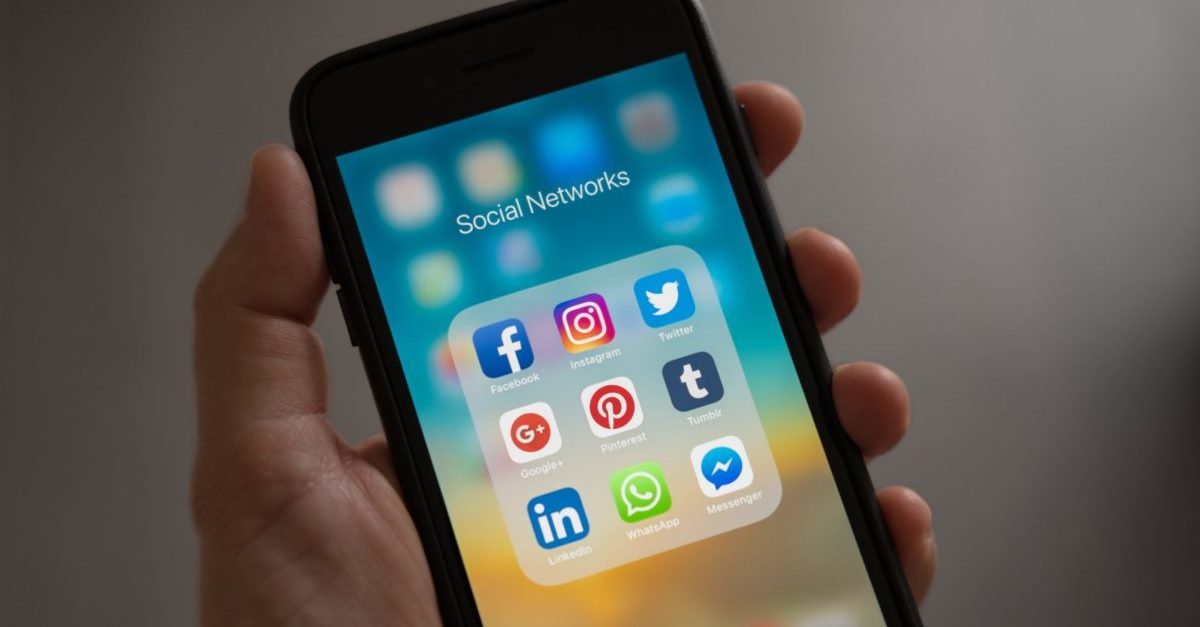Inbound marketing is one of the most impactful types of marketing that you can do for your brand. When executed consistently and adequately, it can be 10x more effective than outbound marketing at converting leads and can reduce the average cost-per-lead by as much as 80% in just five months. Those stats are no joke, people.
Inbound marketing is all about making your audience more aware of your brand, building consumer trust, and, eventually, helping leads decide to partner with you. This is why having an active social strategy to fuel and enhance your inbound marketing is a no-brainer. The two go hand-in-hand.
How Social Media Contributes To Inbound Marketing
There are 3.2 billion active users on social media around the globe. That’s a large, crowded swimming pool, which can seem intimidating, but not tapping into it for your marketing purposes is a lost opportunity you just cannot afford.
Luckily there are ways for you to target the most valuable demographic and send them the right content at the right time. So while you’re able to send messaging directly to people who make the most sense for your brand, you’re also casting a wide net and reaching out to those who may not have heard of your company. You’re creating an opportunity to generate new leads as well as target those who may be more qualified. It’s a win-win.
Social is also a way for you to showcase your brand’s personality, which is a must for building trust with your audience. When you eliminate any barriers and share content that gives your audience a glimpse into the people behind the company, you become identifiable and relatable. And that does wonders for building the foundations of trust.
Below, we’ll go over three social strategies that will improve your inbound marketing efforts and bring in more qualified prospects.
1. Sharing Gated Content
Gated content is anything protected by a form. This means that if someone wants to download a piece of your content, they have to first provide their information and opt-in to your email marketing. By doing so, you can introduce them to your inbound marketing, start sending them educational content, and, hopefully, make them a client someday.
When you actively share your gated content, you’re enabling a broad group of people to see it and possibly download it. It’s one of the most reliable ways to generate leads via social media.
The best way to manage social media is to create a publishing calendar and designate specific days and channels that you’ll be sharing your gated content on. Stick to it, and track which gated content generates the most leads. You’ll get a clear idea of what your most valuable gated content is, and if you need to adjust the time and days you’re sharing it.
2. Using Paid Social Ads
Have you ever been looking up a product, only to see that same exact product pop up in an ad on one of your social platforms later? It happens all the time, and while it may seem a little creepy, it’s just one of the ways social media helps target your audience for you. Using paid social ads, be it to promote a whitepaper, highlight a customer review or testimonial, or to advertise your company, is a great way to tap into a specific demographic.
When social platforms pull in users, they’re able to gather specific information on them that is useful to marketers. Information like gender, region, age, etc. So, before you look into buying ads for Twitter, LinkedIn, or Facebook, be sure to solidify your buyer personas as much as possible so that you know what your targeted demographic looks like. Also, designate some room in your budget for paid ads so you can test this out and see what’s working. You can always scale back or readjust based on what your means are and where you see the most bang for your buck.
3. Listening In
Successfully using social media for inbound marketing isn’t just about putting things out there — it’s also about taking things in. Use your social channels as a way to know what your audience is thinking and talking about. This can include everything from tracking your mentions to giving your followers the ability to use social media to offer you feedback, ask you questions, and share their experiences regarding your product or service.
Marketing is communication, but you’re missing out on a key piece of the puzzle if that communication only goes one way. Know when to drive the conversation and when to sit back and listen, and utilize both positions as a way to improve the utility of your inbound marketing strategy and customize your business offerings to your audiences’ needs.
When it comes to social media and inbound marketing, the value should always be the main focus. From demos and special offers to delivering prospects, the information that they need to solve their problems, every single thing that you do on social media can and should help guide leads to a decision on whether or not to partner with you.
As always, be sure to use data and analytics to inform your social media practices. The insights available through social platforms themselves and your analytic dashboards can tell you a lot about which channel is the most advantageous and when. Now go forth and get more out of your social media efforts!
